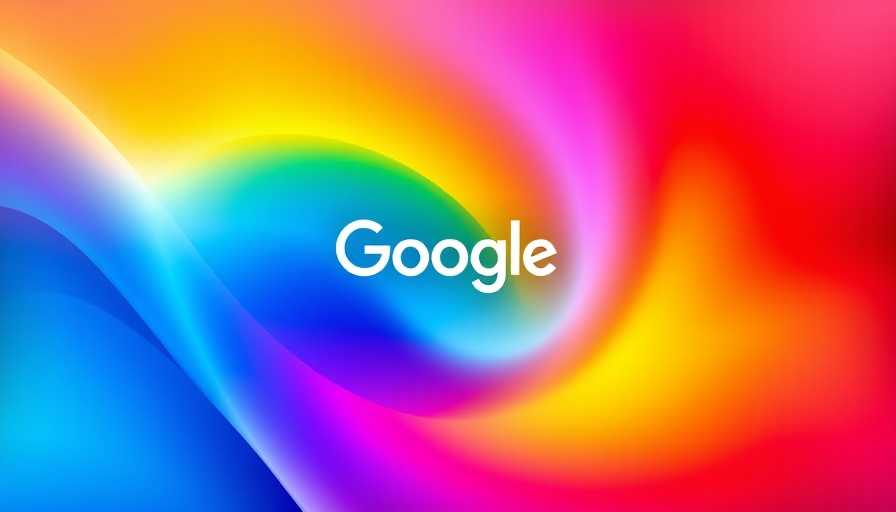
Google's New AI Video Generation Tool: An Introduction to Veo 2
In an era where artificial intelligence is rapidly evolving, Google has taken a significant step forward with the introduction of its text-to-video AI, Veo 2. This advanced technology allows users to create captivating videos based on written prompts, but at what cost? Google recently unveiled a pricing model that may raise eyebrows among both casual users and industry professionals alike.
The Price Tag: Is It Worth It?
Veo 2 comes with a rate of $0.50 per second of generated video, translating to approximately $30 per minute or an astonishing $1,800 for a full hour. While the cost might initially shock potential users, it’s essential to consider the value it brings. Google positions Veo 2 as an optimal solution for creating high-quality video content, particularly for filmmakers and studios who often work with more substantial budgets. In comparison, OpenAI's similar offering, Sora, provides a broader accessibility at a monthly subscription of $200. However, Sora may not match the specific cinematic capabilities that Veo 2 aims to deliver.
Harnessing the Power of AI for Creative Expression
Google's Veo 2 stands out by allowing users to input not just text prompts but also short video clips and images. This functionality enhances the creative process, enabling producers to turn their ideas into compelling visual narratives. For directors who already operate with hefty production budgets, the comparison drawn to Hollywood's extravagant spending— such as Marvel's $356 million budget for Avengers: Endgame— highlights that even premium AI services offer a fraction of the cost per second when compared to traditional film production methods.
Use Cases and Industry Implications
The primary users of Veo 2 are expected to be filmmakers and studios who can utilize this tool to streamline their video production processes. This capability could significantly reduce the complexity of producing high-quality content. As AI continues to disrupt traditional filmmaking, studios like Lionsgate have already begun exploring ways to incorporate AI-generated video clips, showcasing the potential of this technology to augment the storytelling process.
Future Predictions: A Growing Market for AI Video Generation
Looking ahead, the AI video generation sector is poised for immense growth. As many creators aim to incorporate more dynamic visuals into their content strategies, tools like Veo 2 will become increasingly valuable. With restrictions around video creation and budget typically defining the scope for independent creators, Google’s pricing model may shift as technology advances and competitors emerge.
Limitations: The Current Reality of AI Video Generation
While Veo 2 offers promising capabilities, it is not without its limitations. Current AI video generation tools struggle with maintaining consistency across complex scenes and accurately portraying intricate motions. Users looking for flawless video quality may still encounter challenges. Google must continue to innovate in this space to keep up with growing expectations.
Conclusion: Should You Dive into AI Video Creation?
For those looking to capitalize on technological advancements and reach a new level of creativity, exploring Google’s Veo 2 could be a worthwhile investment. As the industry evolves, understanding the balance between cost and quality will be crucial. As AI continues to enhance filmmaking, now is a great time to delve into these innovative tools and rethink traditional storytelling methods. Whether for business or personal projects, the future of video creation is undoubtedly intertwined with artificial intelligence.
 Add Row
Add Row  Add
Add 




 Add Row
Add Row  Add
Add 

Write A Comment